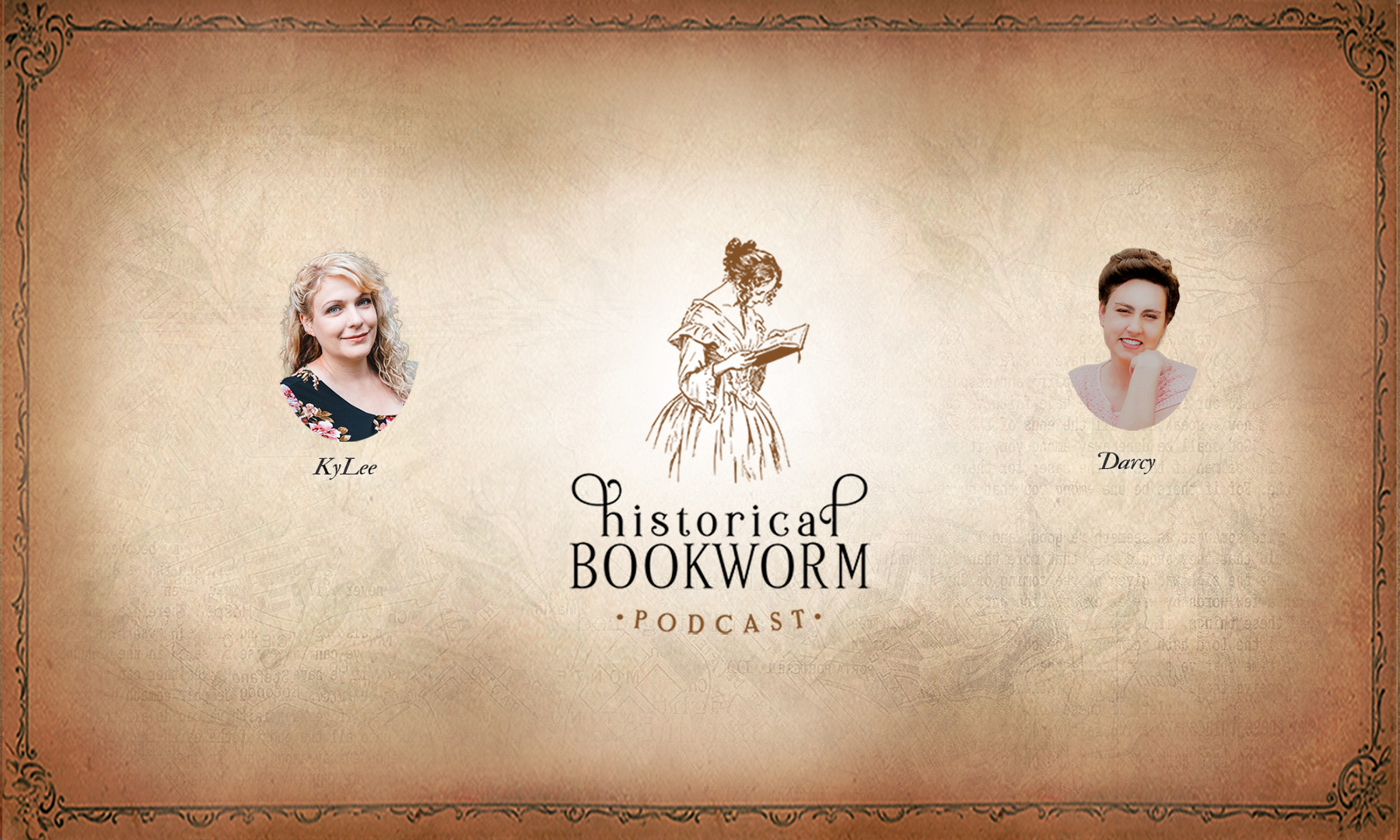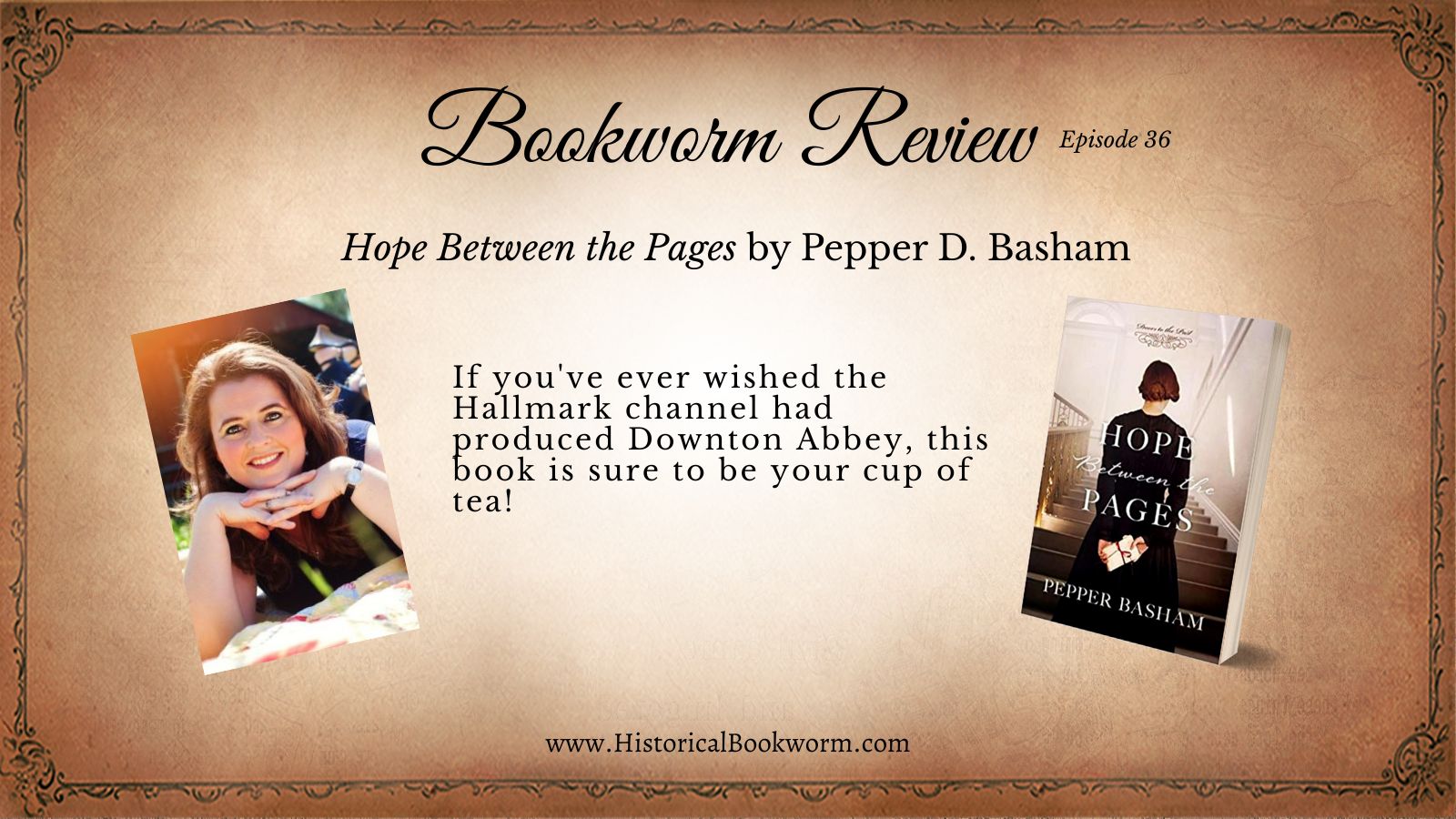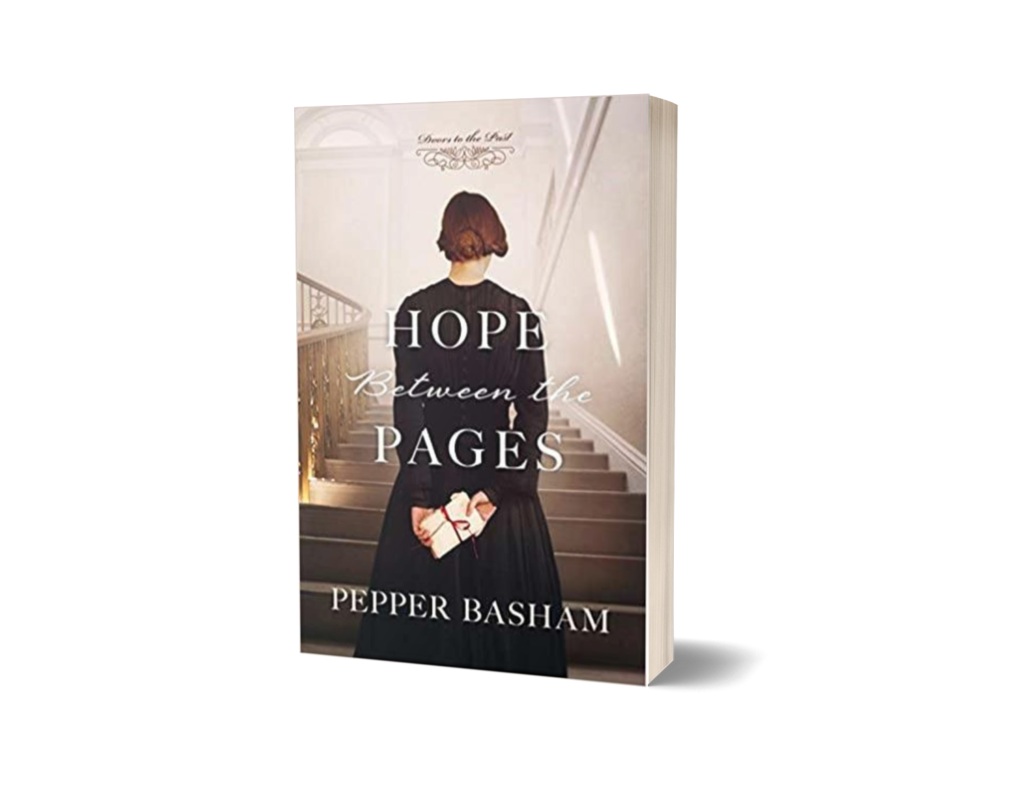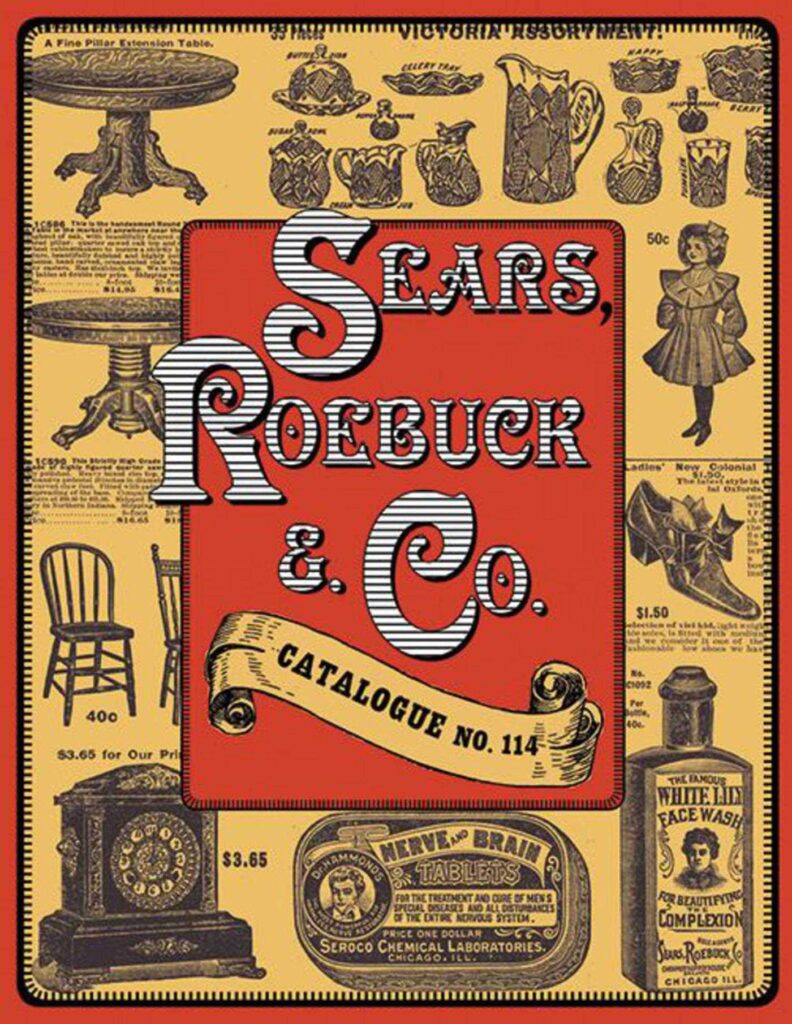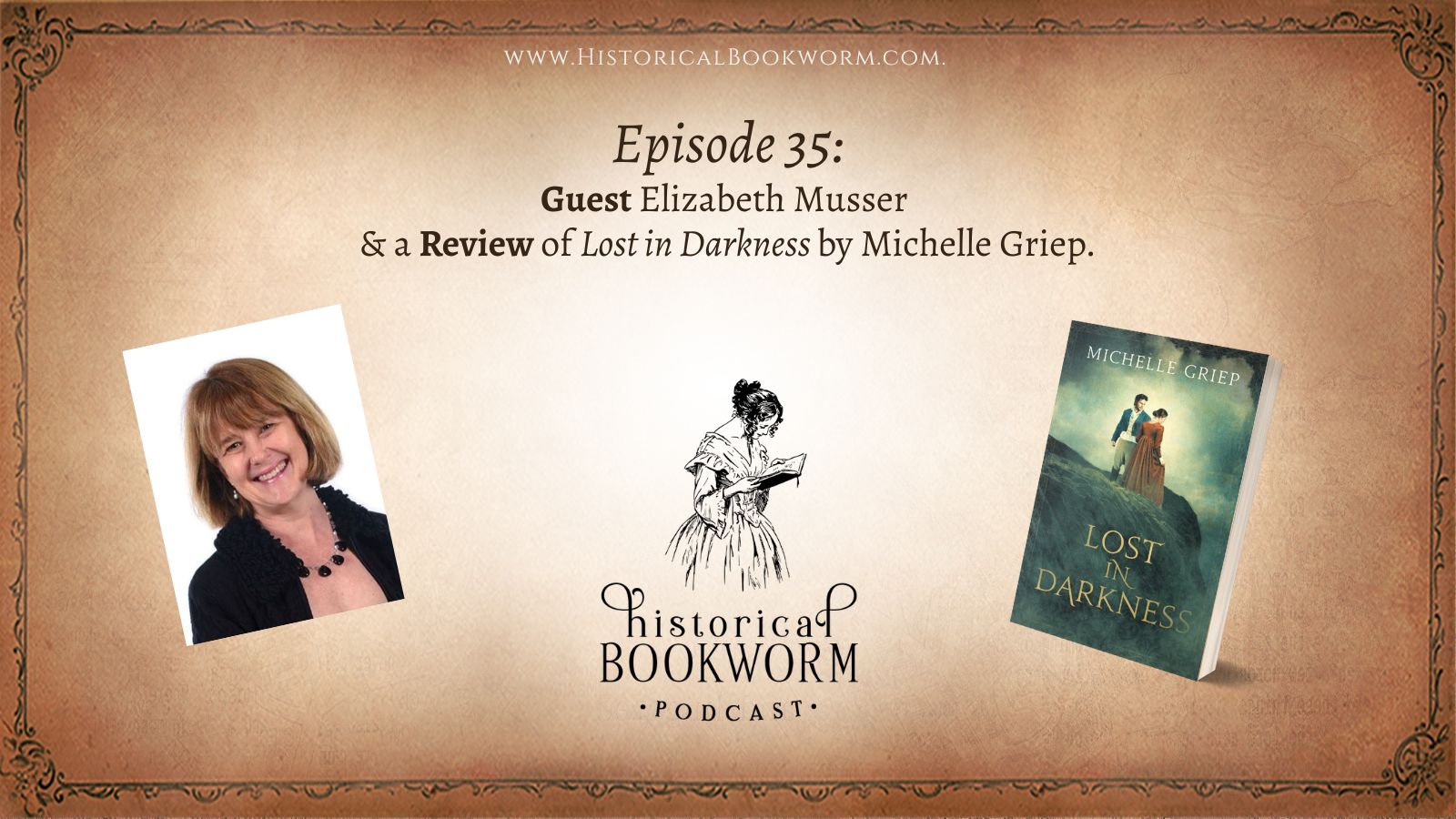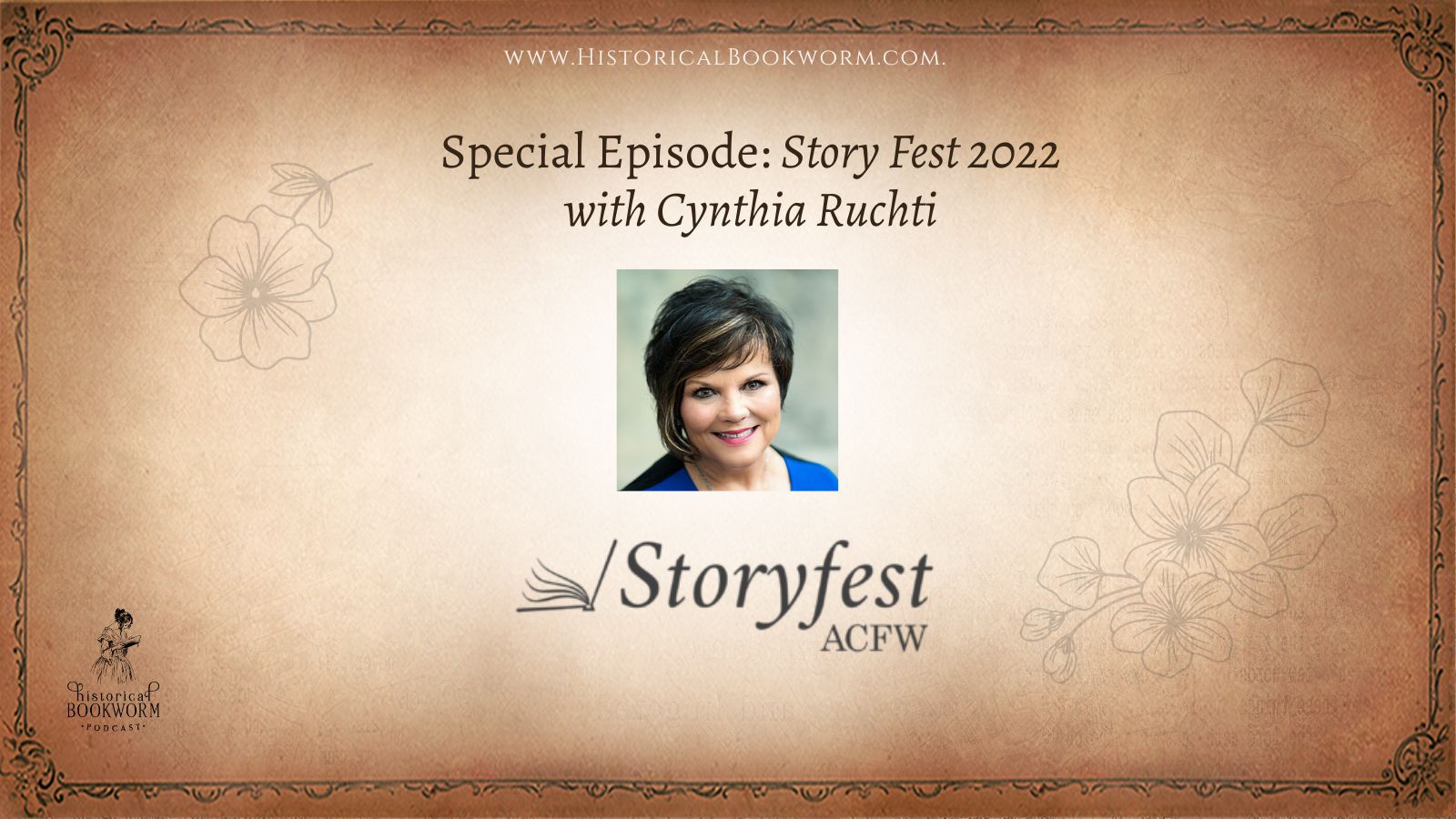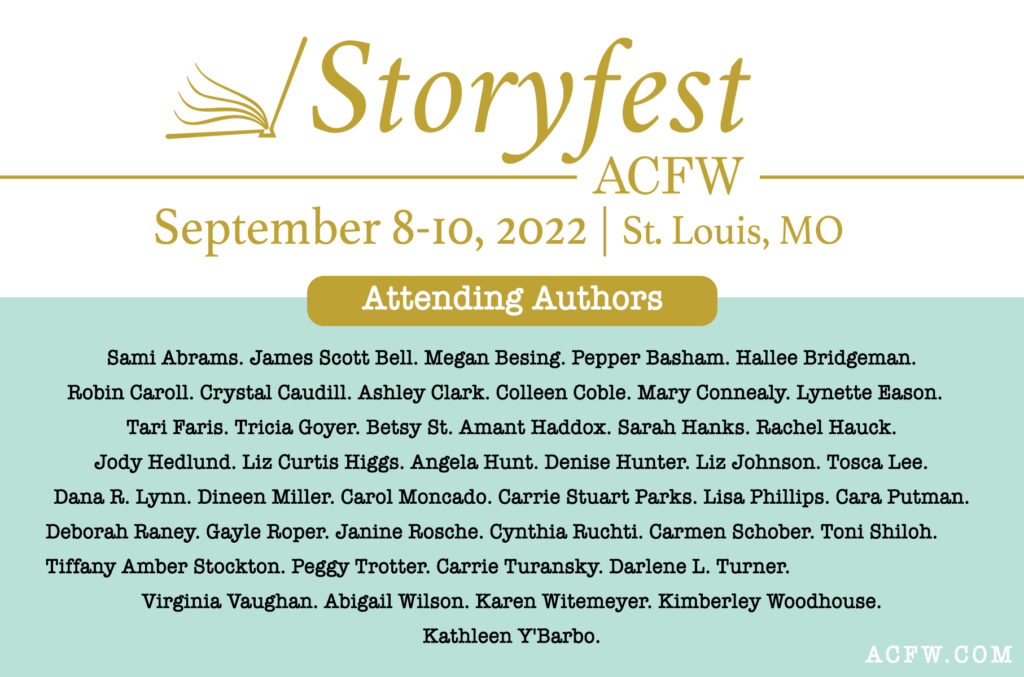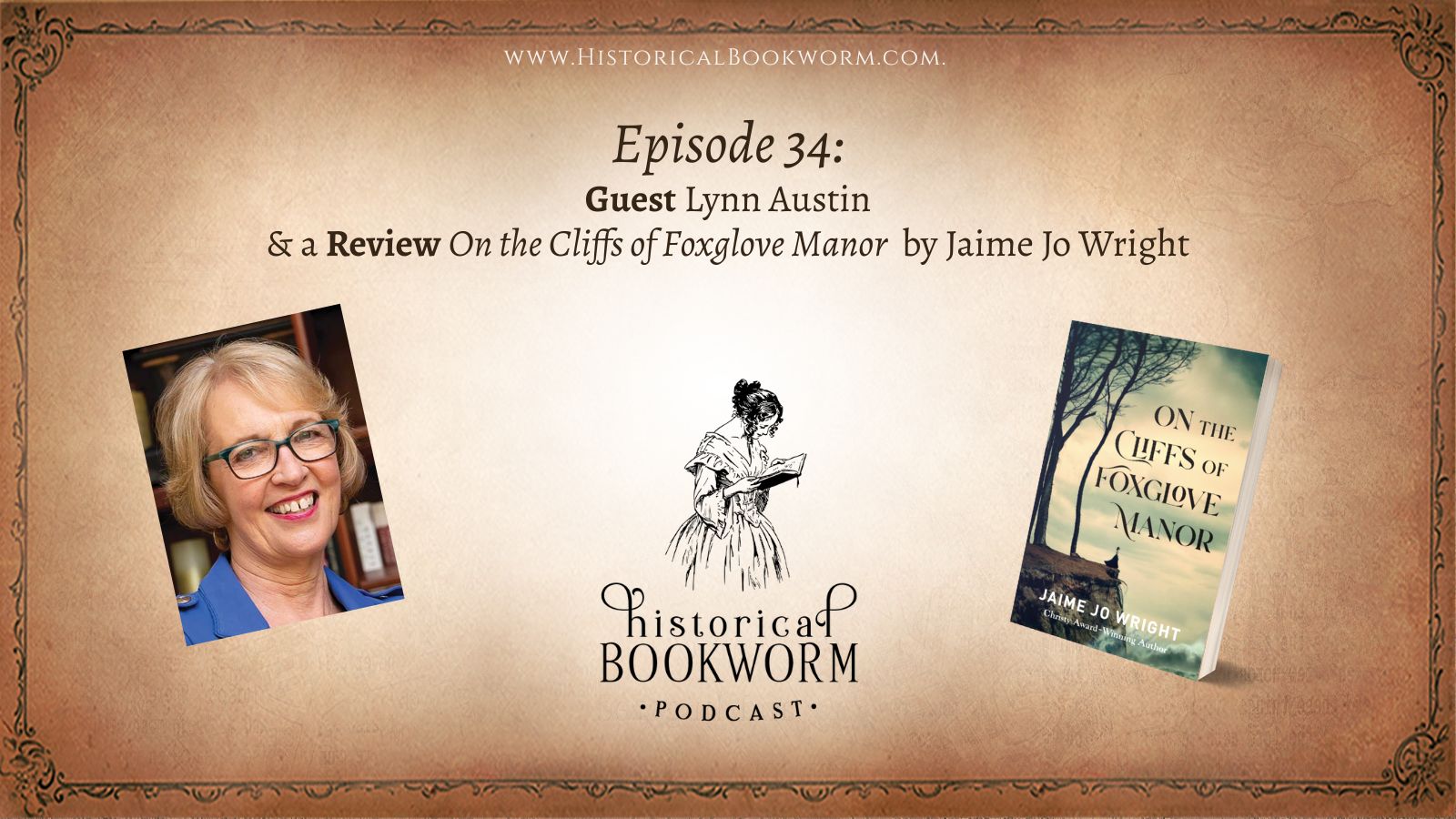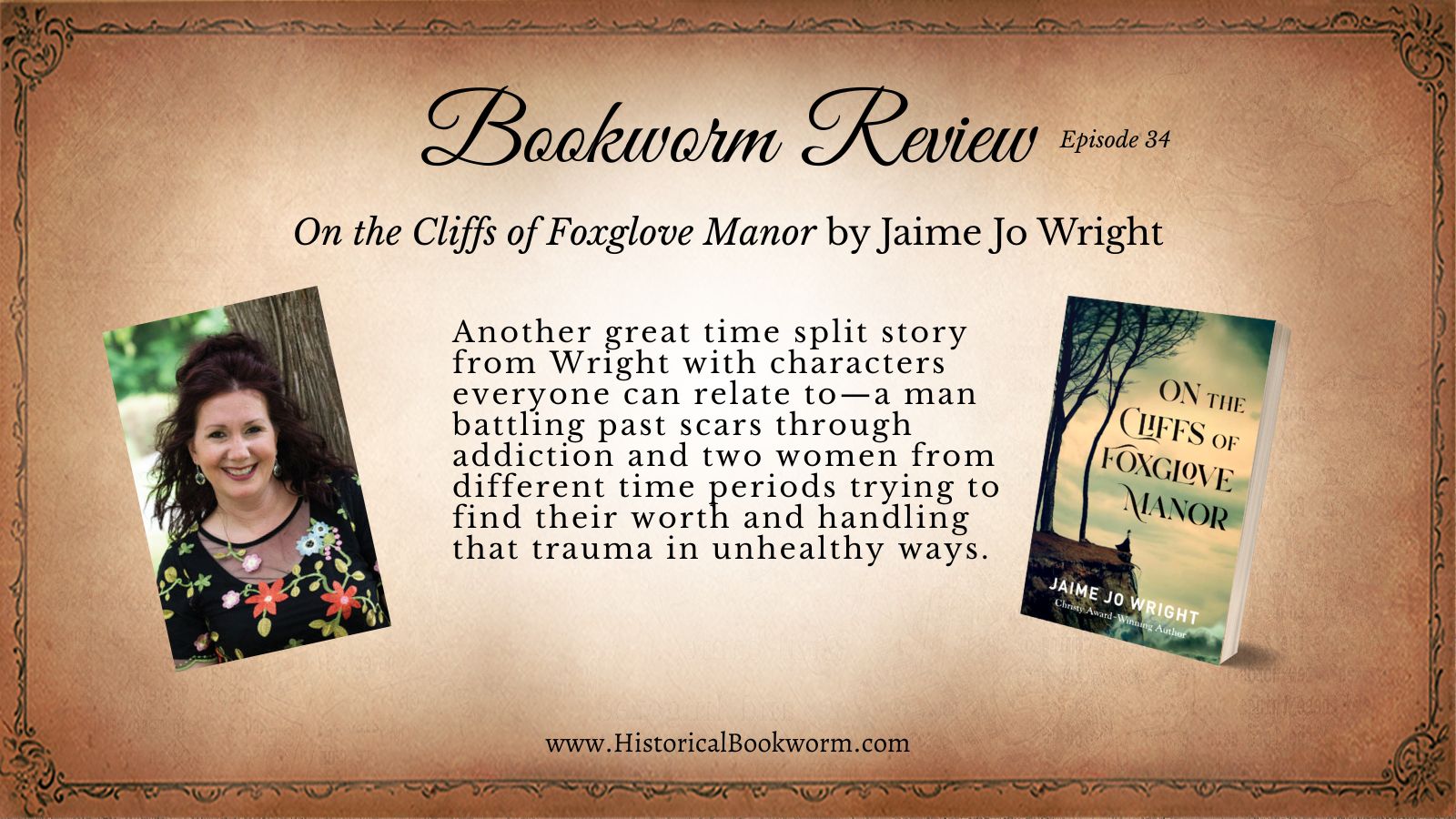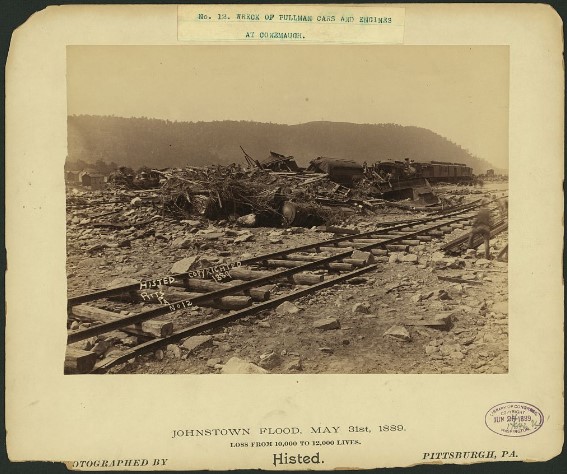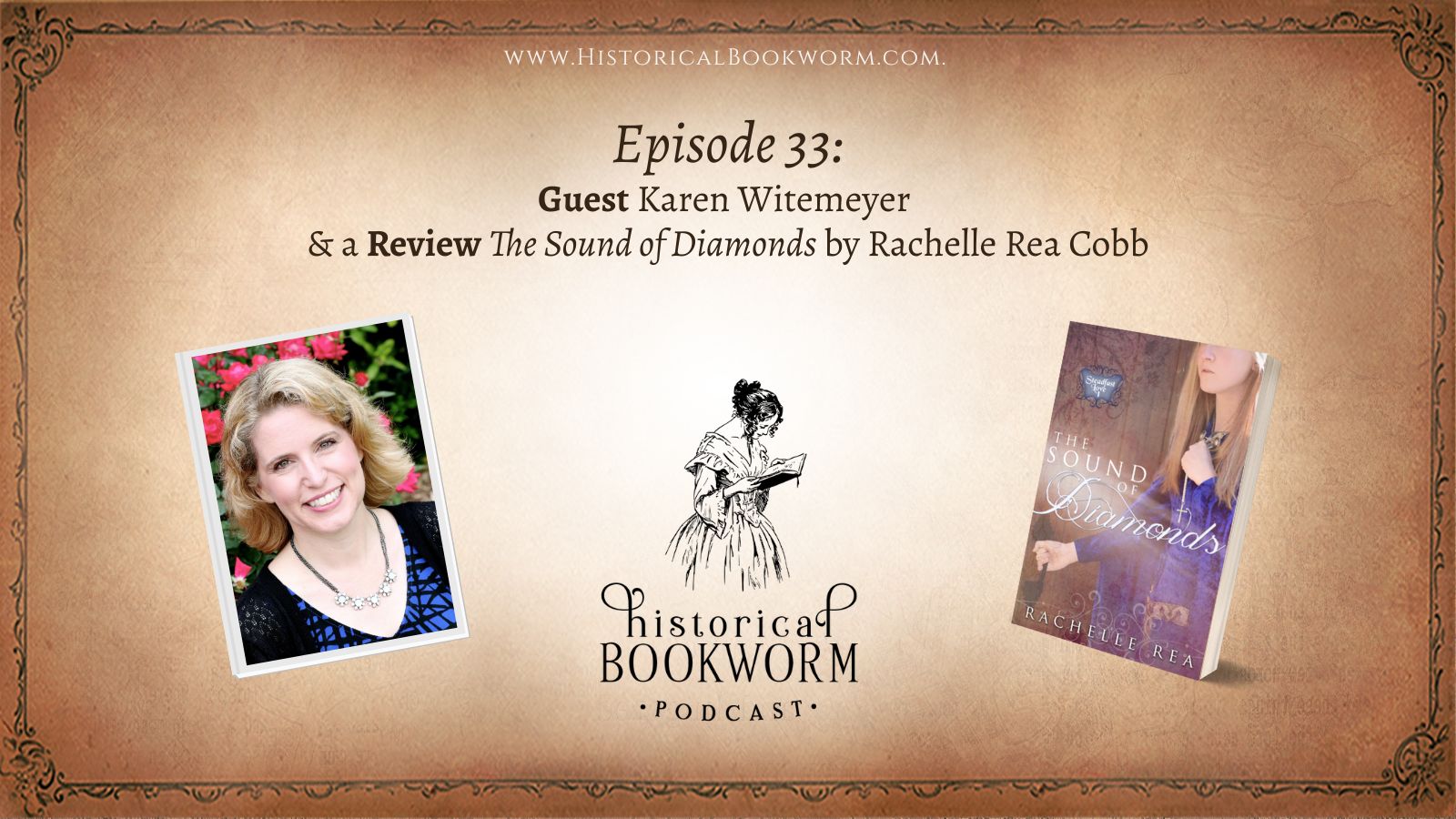Subscribe to Historical Bookworm Show Apple Podcasts | Spotify | Amazon Music | Android | Pandora | Email | RSS | Subscribe to the Historical Bookworm
Interview: Our featured book today is A Chance for Genevieve. Parker J. Cole is an author, speaker, and radio host with an obsession with the Lord, Star Trek, K-dramas, anime, romance books, old movies, speculative fiction, and knitting. An on-and-off Mountain Dew and marshmallows addict, she writes to fill the void the sugar left behind. (Enter the giveaway for her book here.)
Continue reading “Episode 36: Guest Parker J. Cole & a Review of Hope Between the Pages by Pepper Basham”